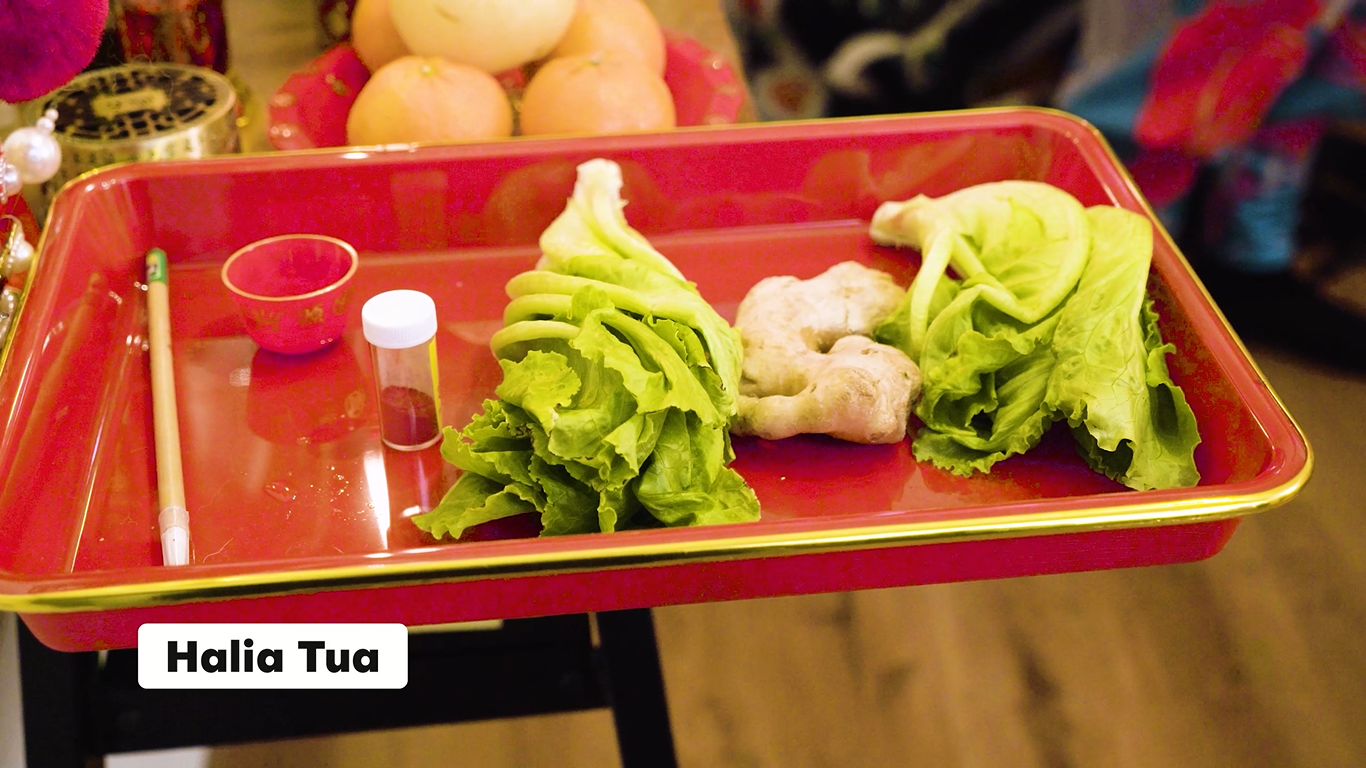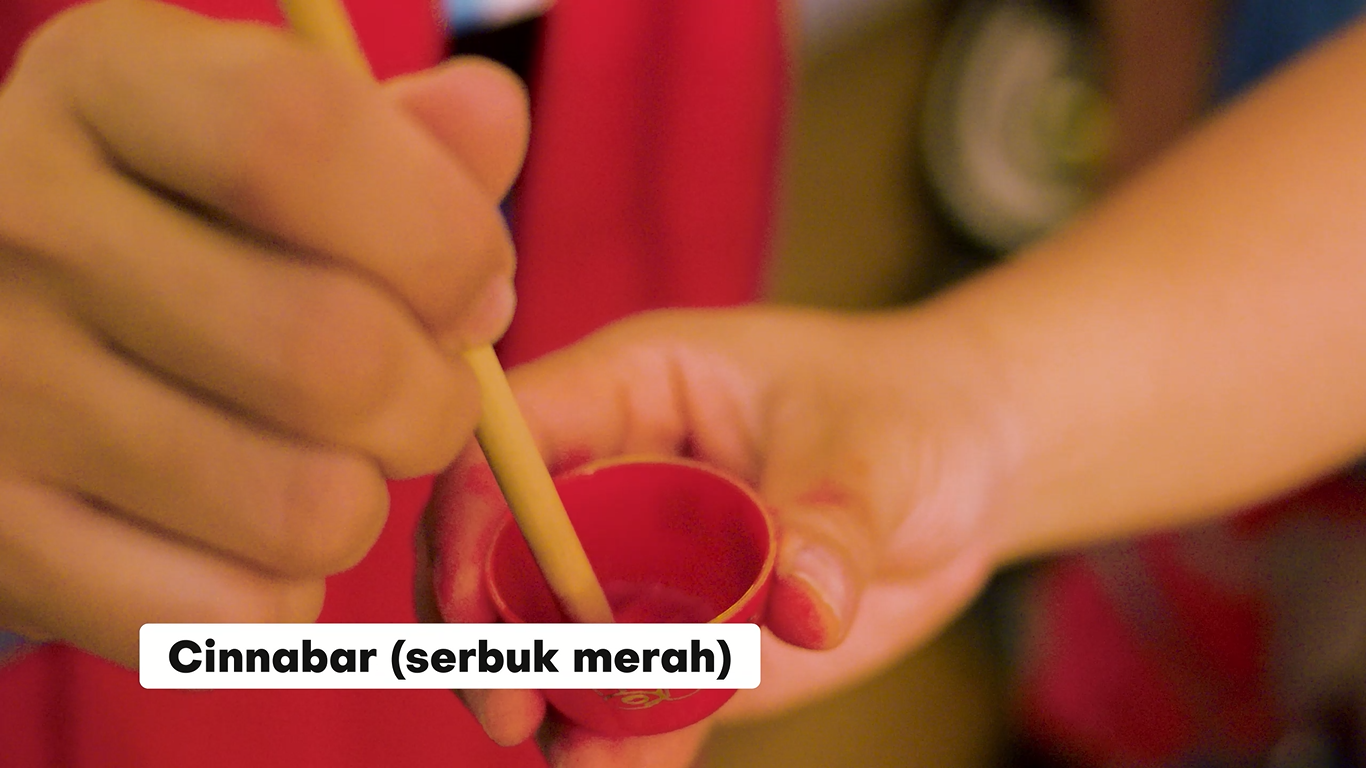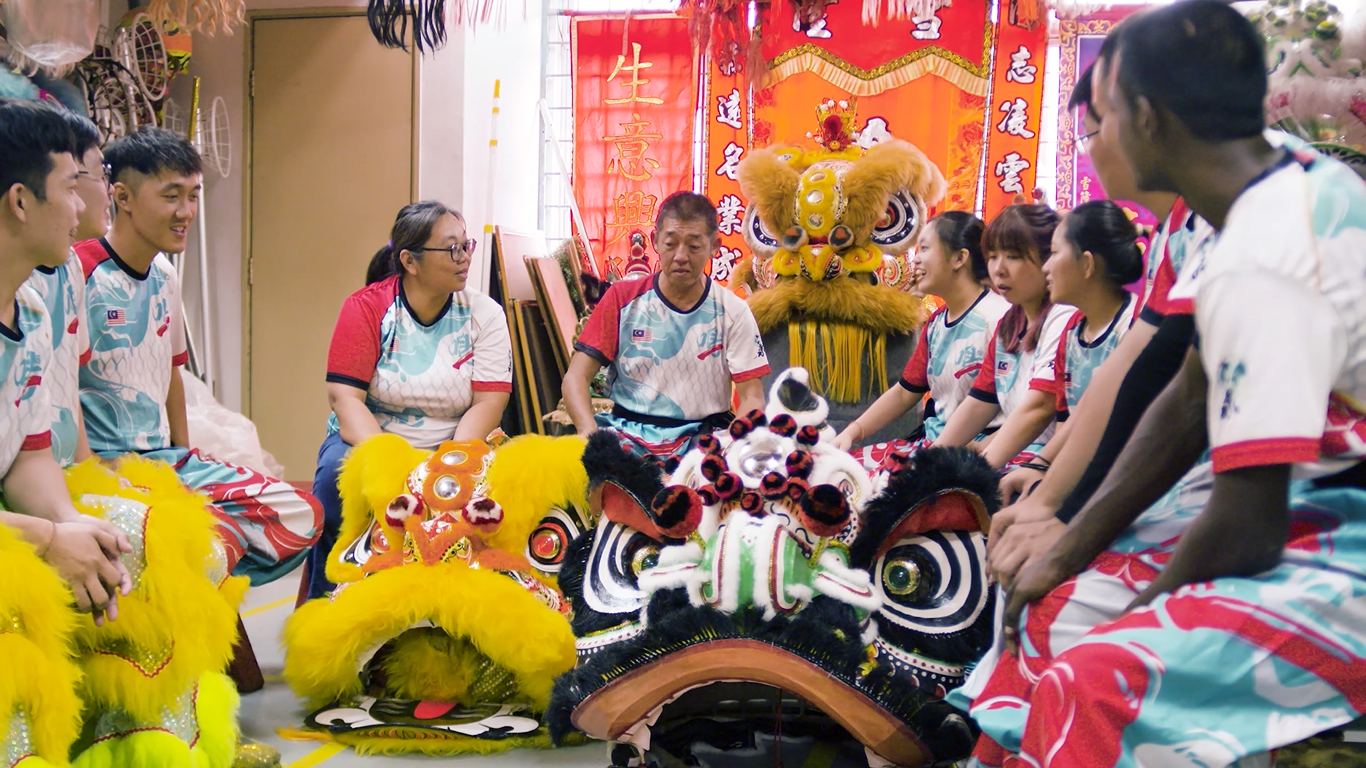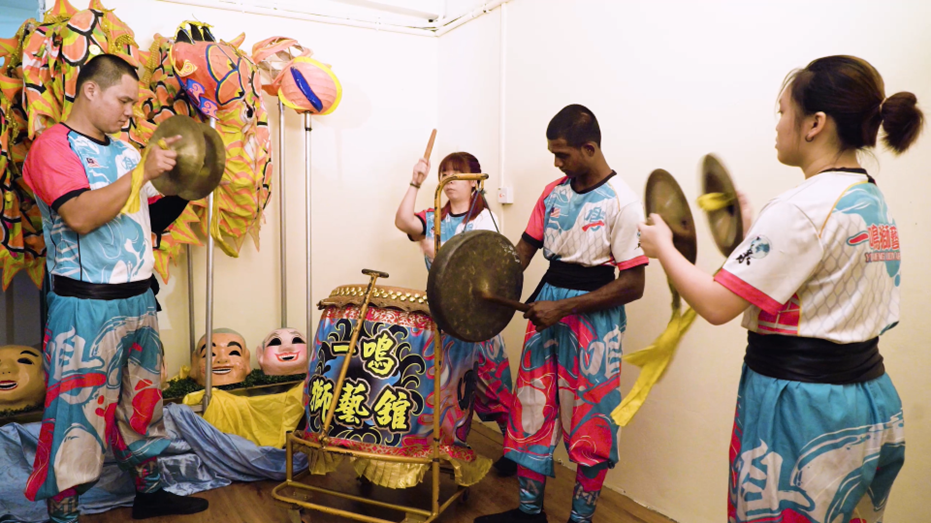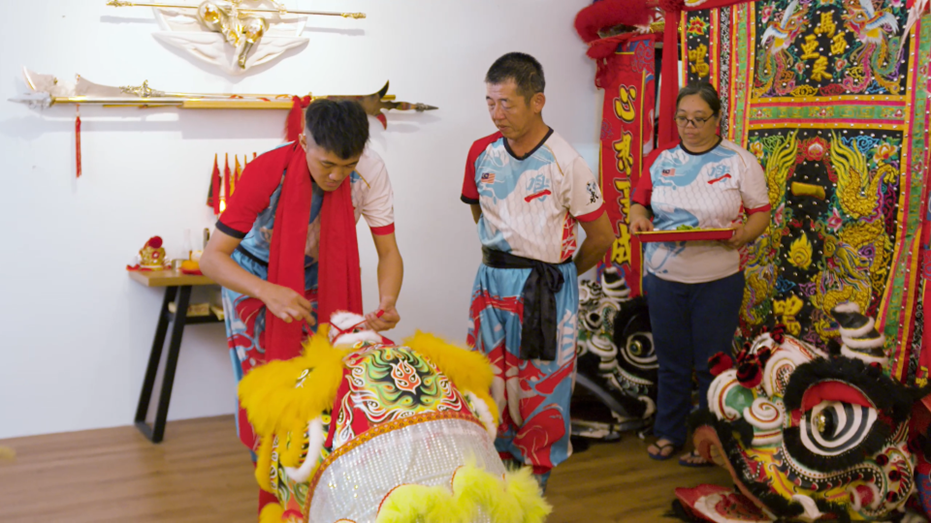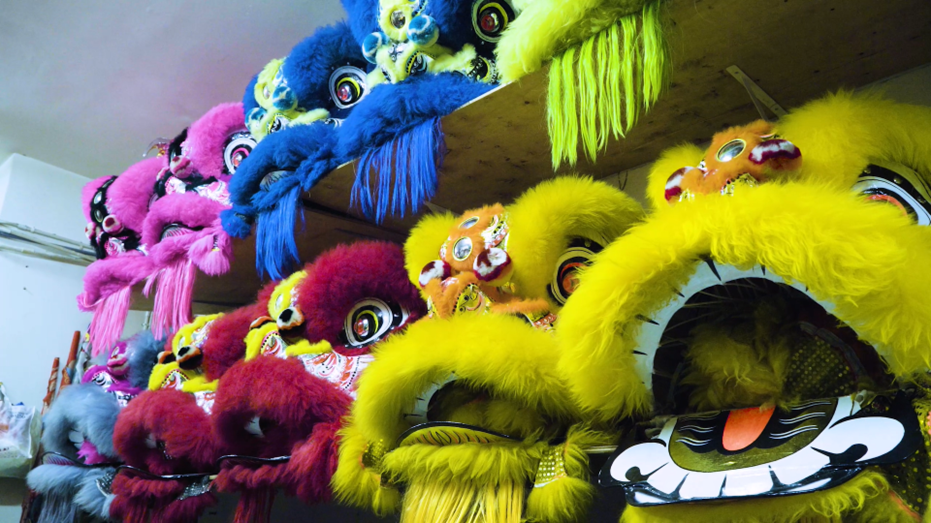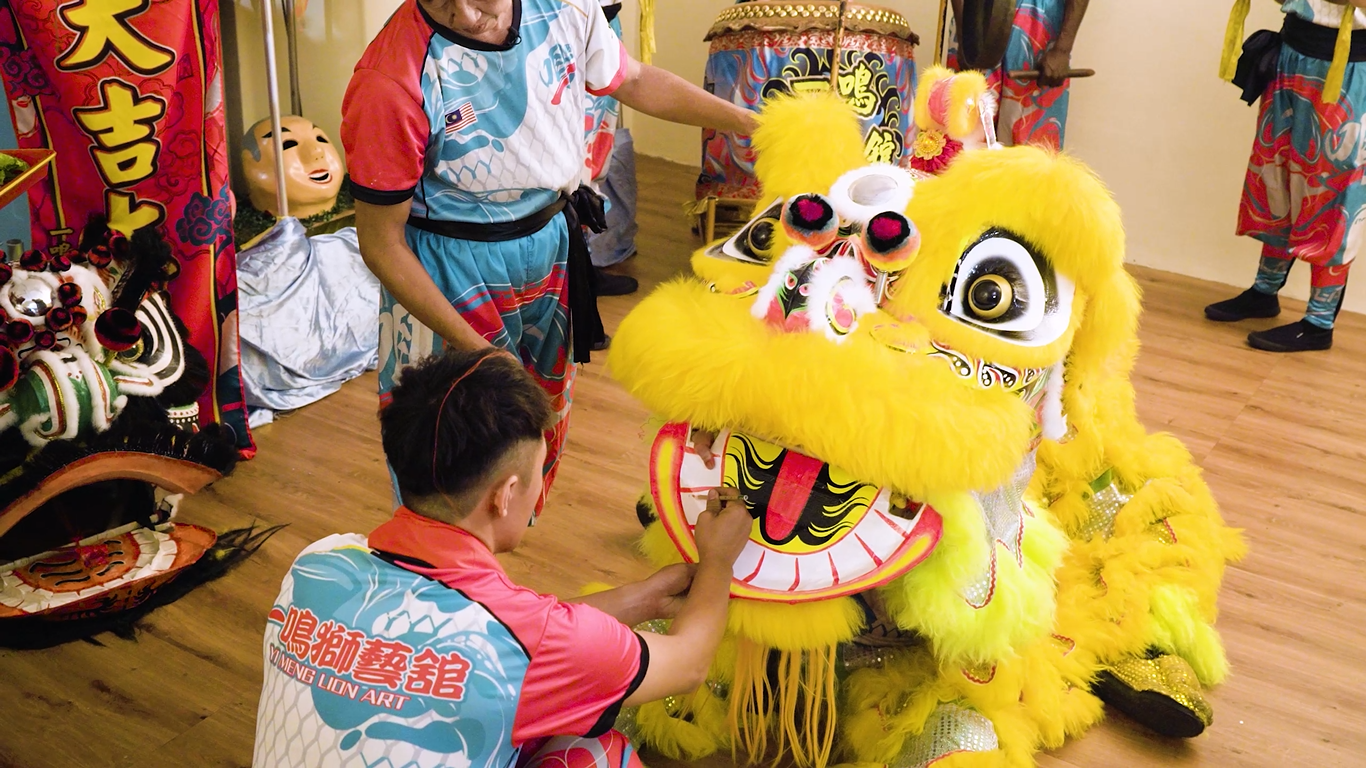ARTS AND CULTURE INFORMATION GATEWAY
Immerse yourself in the colorful world of art and culture! From traditional heritage to contemporary works, discover uniqueness that reflects the nation's identity and identity
ADAT MENITIK MATA SINGA
Picture
15
Video
Available
Today's Visitor
4
Number of Visitors
706
Introduction and history
Menitik Mata Singa literary means nudging the lion’s eyes, sounds rather gruesome, but nor worry, it’s done only in a dance when celebrating Chinese New Year. The lion puppet of the dance is built with extra-large eyes, and the dancers nudge the eyes.
Not only on the Chinese New Year, the puppet eye nudging is also practised in other events requiring ‘ong’ or luck, such as religious, cultural, housewarming, business officiations and weddings. Other than bringing luck, it is also believed to repel bad luck or disasters that might befall someone or events.
There are two types of lion dances, the Northern Lion (Singa Utara) and Southern Lion (Singa Selatan). In Malaysia, the Southern lion dance is more popular and brings more happiness in gatherings. The dance is performed to invite the spirit of the lion in order to bring blessing, wealth, health, harmony and happiness. It is also to ward off evils.
The function is to bring good luck and ward off evil.
Lion dance costume
1. White brush
2. Drums
3. Red ribbon
4. Bells
5. Balinese lime
6. Ginger
7. Red-colored powder
Its preparation takes almost a week, and the length of the dance is subject to the type of festive season. It is officiated by the leader of the group or the sponsors of the dance.
The items prepared before the performance are:
• Ginger – believed to bring physical health benefits and prolong life.
• Cinnabar (red-colored powder) with red cups – for strength and “ong” (good luck)
• White brush – portraying cleanliness
• Red ribbons –the lion’s title, symbolising restraining the lion’s wild nature
• Lettuce – food for the lion or “sang sang mang mang”, which means luxury.
• Red cloth – brings ‘ong’ (good luck),
• Kaffir lime leaves and Balinese oranges – eliminating bad luck
• Bells (worn on the feet) – showing health and wealth
• Eyes – having the ability to see afar
• Ears – hearing clearly far sounds such as from the skies and earth
• Nose – preventing bad luck
• Mouth – a strength, whose roars can be heard throughout the universe
• Horns –lighting up the land
• Body – signifying power and prolonging life
• Left foot – symbolising peace and harmony
• Right foot – fending off monsters
• Drumbeats – bringing wealth
- Master Fun Yoke Keong (40 years’ experience)
- Khue Ju Koon Raymond (25 years’ experience)
Reference Source
i. Bahan Bacaan
·
Buku The
Art of Lion Dance oleh Joey Yap terbitan Joey Yap Research Group Sdn Bhd
·
Jurnal
Sejarah Lisan Malaysia: Kebudayaan Masyarakat Cina: Tarian Singa
https://jslim.uitm.edu.my/pdf/IK20.pdf
·
Tarian
Singa, Bukan Tarian Harimau - Kata Malaysia
https://katamalaysia.my/culture/tarian-singa-bukan-harimau/
·
Chinese
Lion Dances: What Is It and What Does It Symbolize?
Location
State JKKN Contact Information
Pn. Shariza Isa
Cultural Officer
Jabatan Kebudayaan dan Kesenian Negara Wilayah Persekutuan Kuala Lumpur
Kompleks JKKN WPKL,
Jalan Tun H.S Lee,
50000 Kuala Lumpur
03-20726431
Use the form below to contact the Informant/Figure/Editor/Researcher directly. We will respond to your inquiry as soon as possible!

 Yi Meng Lion Arts
No.4A, Jalan Bp 6/6,
Bandar Bukit Puchong
Yi Meng Lion Arts
No.4A, Jalan Bp 6/6,
Bandar Bukit Puchong